What is Butterfly Milkweed (Asclepias tuberosa)?

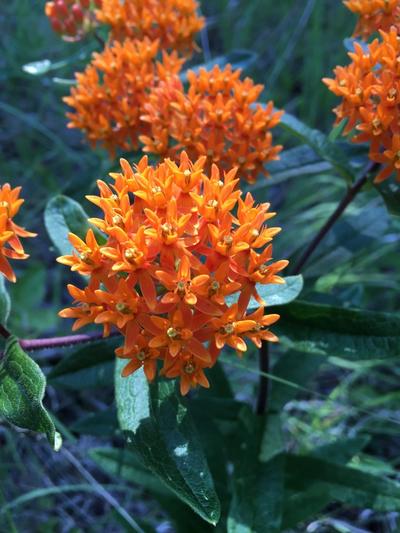
Butterfly Milkweed (Asclepias tuberosa), often called simply Butterfly Weed, is a beautiful and easy-to-grow perennial plant native across much of North America.
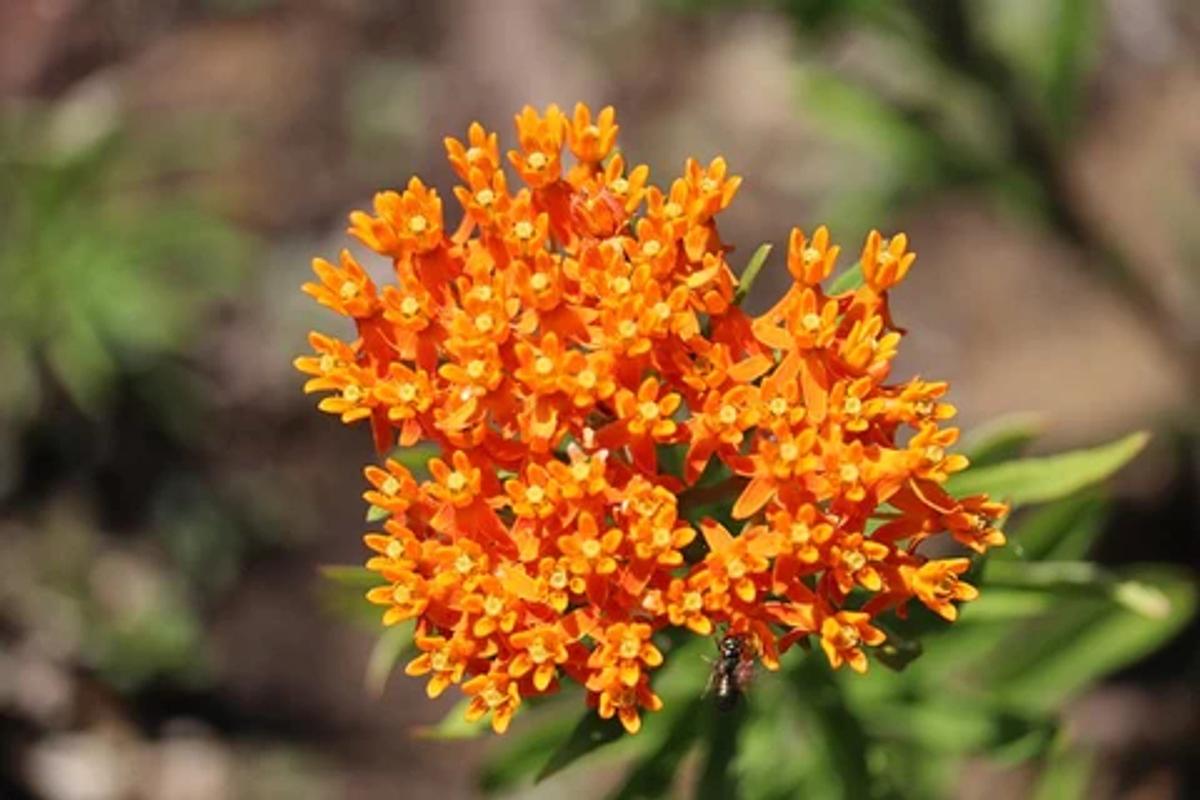
Welcome to "Know Your Natives!" - a series exploring the wonders of native plants across the United States. In each post, we'll dive into the ecology, appearance, and growing requirements of individual native plants, while also providing some fun trivia and highlighting their importance for the environment. Whether you are new to natives or a botanical pro, we hope this series will help you get a better sense for the benefits of using native plants in landscaping and gardening: from their ability to support local ecosystems to their stunning visual appeal. Join us on this journey to discover the diversity and value of native plant species and learn how you can incorporate them into your own green spaces.
If you live almost anywhere in the United States, chances are good that the nearly ubiquitous Butterfly Milkweed (Asclepias tuberosa) is supporting pollinators in your area.
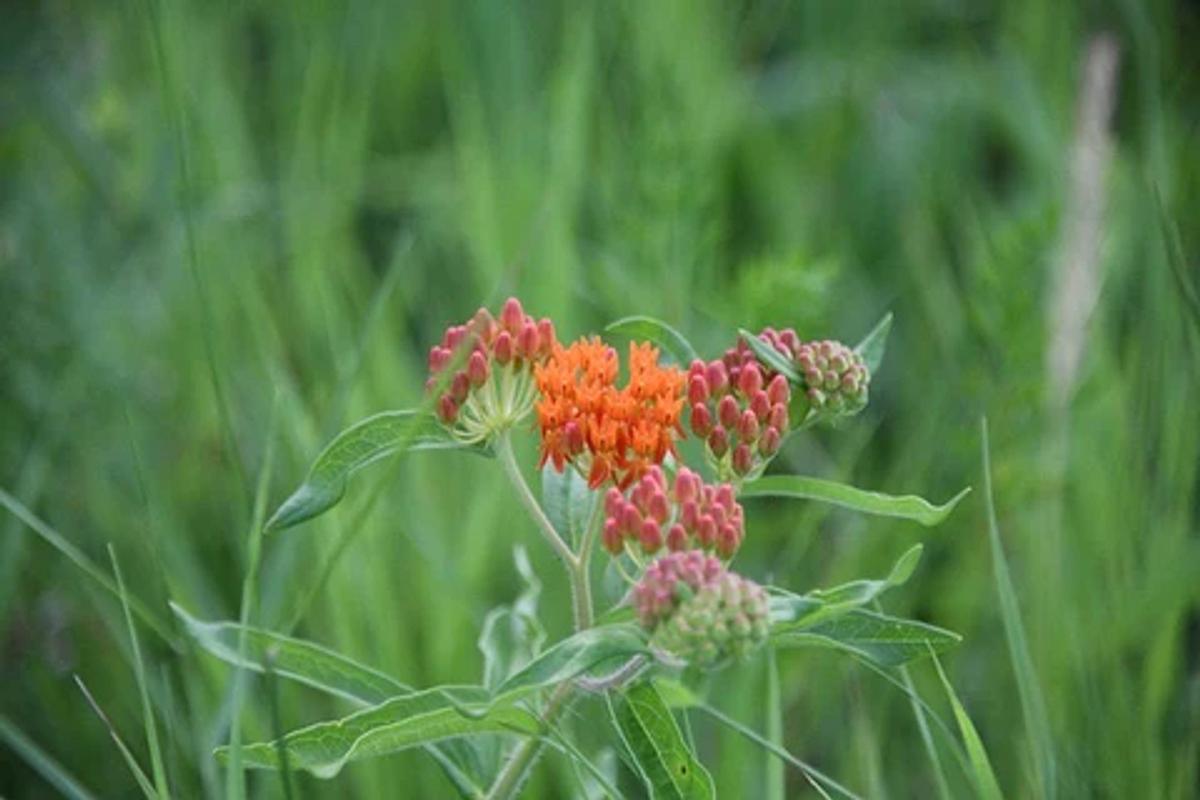
An Introduction to Butterfly Milkweed
Butterfly Milkweed (Asclepias tuberosa), often called simply Butterfly Weed, is a beautiful and easy-to-grow perennial plant native across much of North America. As members of the milkweed family (all Asclepias species), Butterfly Milkweed (and all other milkweeds) is a larval host plant for both the monarch and queen butterflies. Butterfly weed produces clusters of vibrant yellow orange flowers that bloom in the mid to late summer, providing a nectar source for many butterflies, bees, and other insects. Its lance shaped leaves are narrow, and the plant can grow up to two feet tall in full sun and well-drained soil. Butterfly Milkweed is also low-maintenance and drought-tolerant once established, making it a great choice for gardeners looking for a beautiful and eco-friendly addition to their landscapes.
At-A-Glance - Butterfly Milkweed
Common Name(s): Orange Milkweed, Butterfly Weed, Pleurisy Root
Scientific Name: Asclepias tuberosa
Type: Herbaceous Perennial
Root Structure: Fibrous Root System with a deep taproot
Sun Exposure: Full Sun (6+ hours a day); can tolerate some shade
Soil Moisture: Dry once established. Moist during first year.
Soil Types: Well draining loamy or sandy soil. Can tolerate some clay.
Other Benefits: Deer resistant; erosion control; well behaved; drought tolerant; long bloom; important host plants
Bloom Color: yellow and bright orange flowers
Bloom Time: Late Spring or Early Summer to Late Summer for several weeks
pH: Highly adaptable but prefers Neutral to Slightly Acidic (6.0 to 7.0)
Native Range: Broadly native in all states outside of the Northwest.
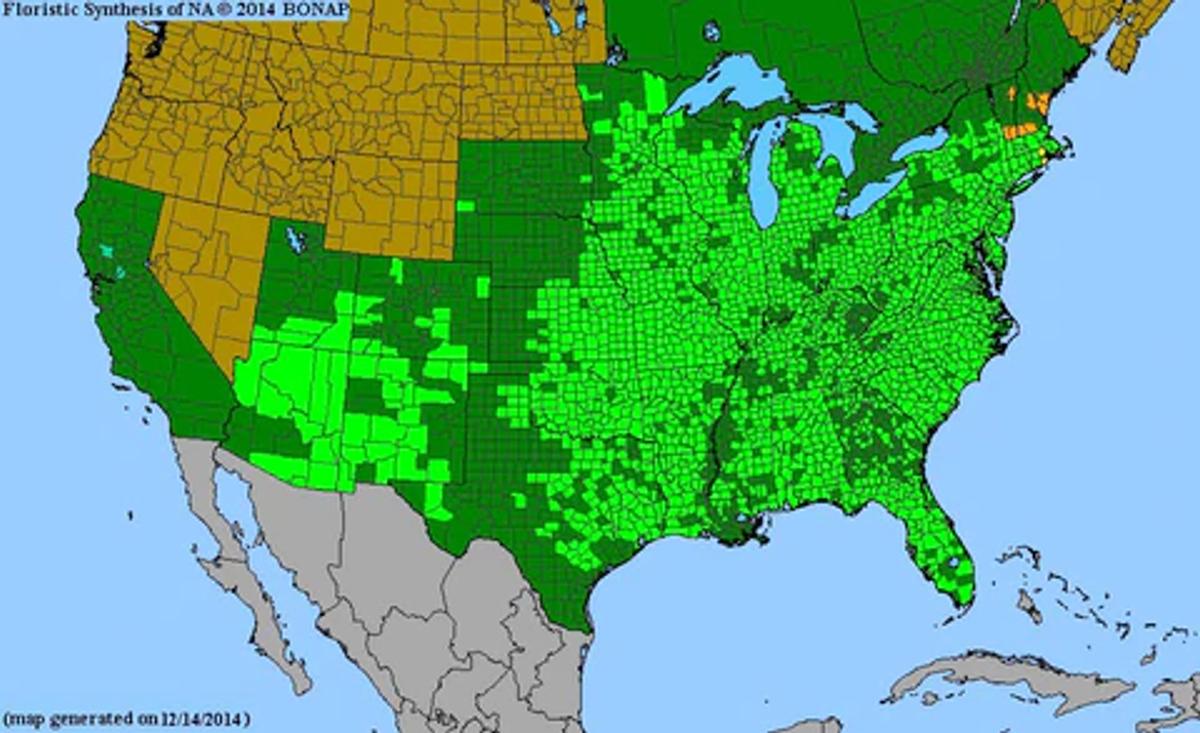
Range Map: Created by the Biota of North America Program (BONAP) and based on historical species records, this range map shows you a great overview of the distribution of Butterfly Weed in North America. Brown indicates not present in the county; Greens indicate county listed; Yellows and Oranges indicate present but rare.
Style Guide
Flower Color: Brilliant bright orange flowers and flower buds coat the tops of hairy stems with narrow leaves.
Shape: Grows up along a single stalk in its first year, and will become increasingly full and bush-like in appearance over time.
Height: Butterfly Weed grows up to 1-2 feet tall, making it a great choice for adding a controlled burst of color to butterfly gardens.
Wildlife Attraction: Butterfly Milkweed will produce flowers that attract myriad pollinators to your yard

Planting Instructions & Care
Asclepias tuberosa is a hardy and low-maintenance perennial plant that is relatively easy to cultivate. Here are some tips on how to successfully cultivate this plant:
Site selection: Butterfly Milkweed is highly adaptable and will do well in a variety of soil conditions. For best results select a sunny site with well-draining soil. Once fully mature, plants can tolerate very dry soils.
Planting: Butterfly Milkweed is typically planted in late spring once soils have warmed.
Watering: As with many sun-loving native herbaceous perennials, Butterfly Weed should be kept moist while establishing in your yard. Once fully mature, however, watering can be cut way back or even discontinued as the plants can rely on a deep taproot to pull moisture from deep underground. Overwatering or establishment in poorly drained soils can lead to crown rot.
Collecting Seeds: As with other members of the Asclepias family, Butterfly Weed will freely self seed. This plant produces conspicuous seed pods which will steadily turn brown towards the end of the growing season. If left on the plant they will burst to release silky tailed seeds that can float to other locations and create volunteers in your yard. To avoid self seeding, collect these brown seed pods as soon as they start to break open.
Fertilization: No additional fertilization is necessary! In fact, fertilizing may harm this very low-maintenance plant.
Pest and disease control: Although generally quite disease and pest resistant, you will want to monitor your Butterfly Weed for the following conditions and pests: Aphids, Rust and Leaf Spot. Lady beetles can help control aphid levels if these become an issue.
Special note: As with all Asclepias species, Butterfly Weed features milky sapped stems. This milky sap is safe to touch but does contain low levels of cardiac glycosides so should not be consumed by humans or pets.
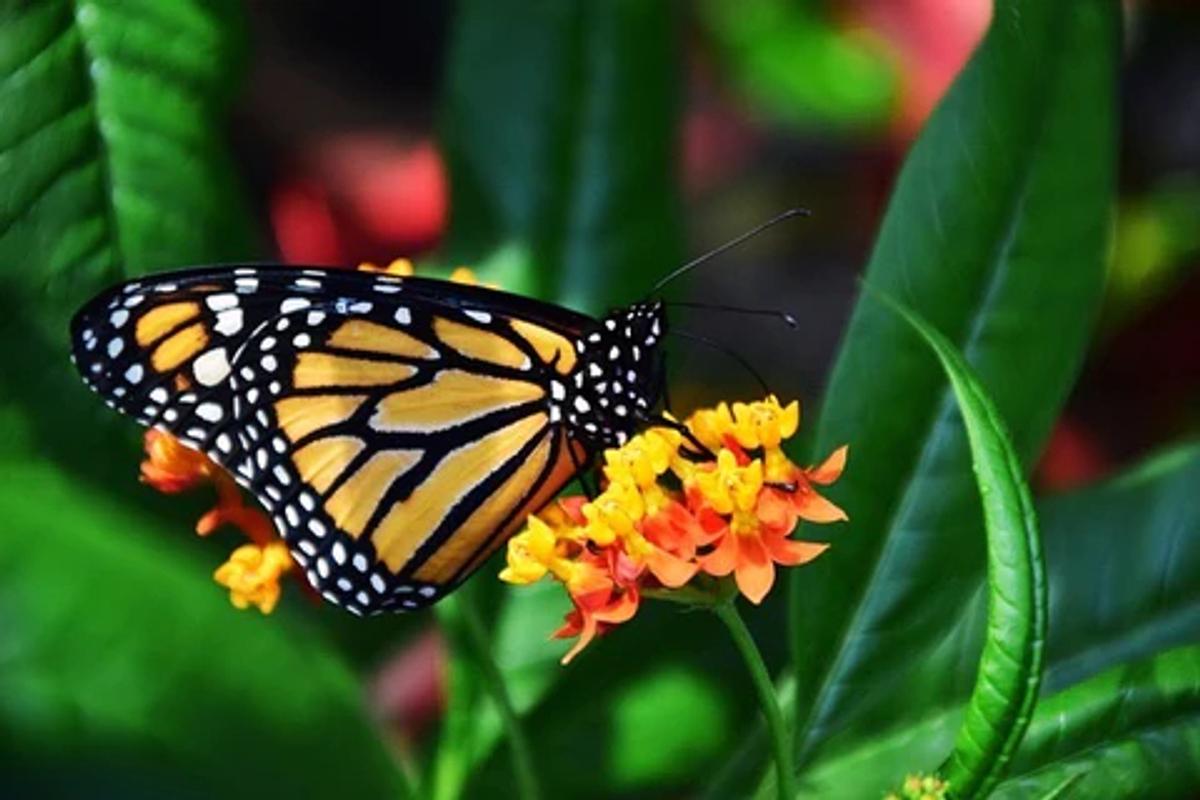

Species Relationships
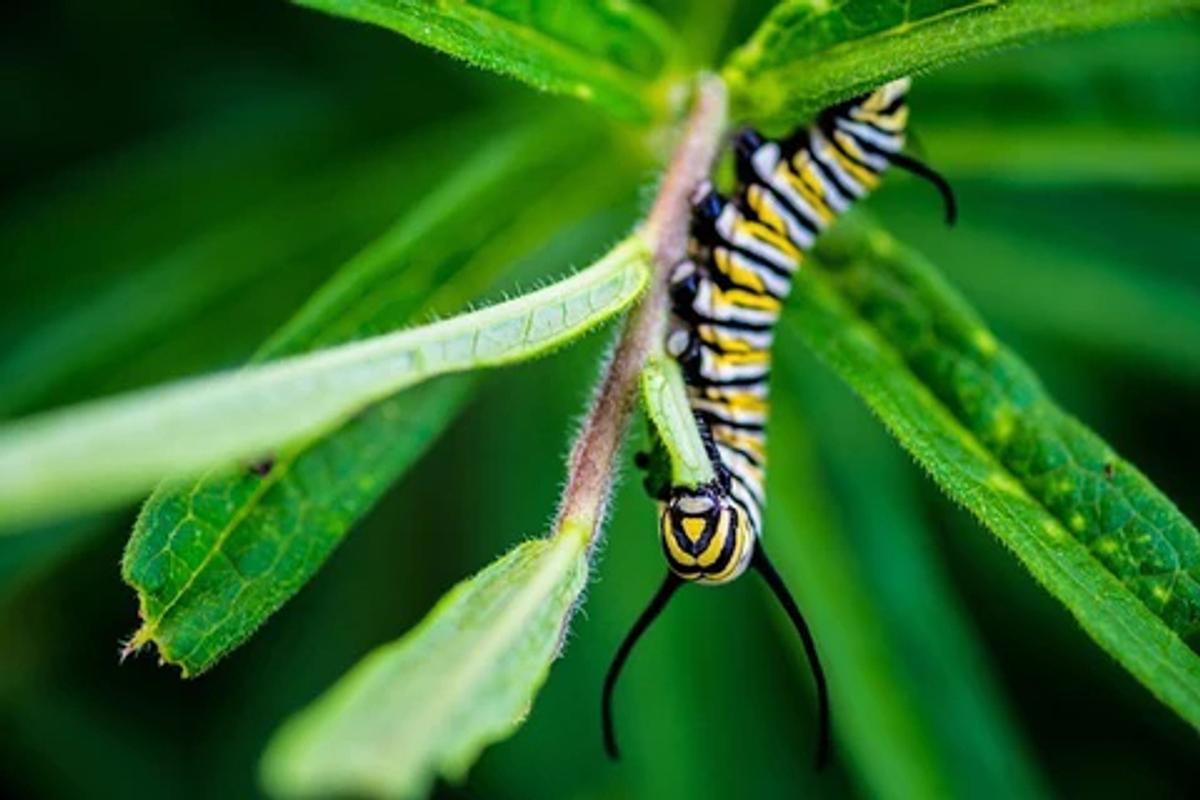
As Host Plant
Butterfly Weed plays a critical role as a host for several species. The endangered Monarch Butterfly (Danaus plexippus) lays its eggs exclusively on milkweeds (genus Asclepias) on which their caterpillars feed and mature. By planting Butterfly Weed in your yard, you can directly support this beautiful species. Read on below to discover more about this awesome plant!

Queen Butterfly (Danaus gilippus) - Notice the genus Danaus: Queen Butterflies are closely related to Monarch Butterflies, and similarly lay their eggs exclusively on Milkweeds and other Asclepias species.
Milkweed Tussock Moth (Echaetes egle) - Perhaps not as eye-catching (or endangered) as Monarch Butterflies, Milkweed Tussock Moths similarly rely on Milkweed to rear their caterpillars.
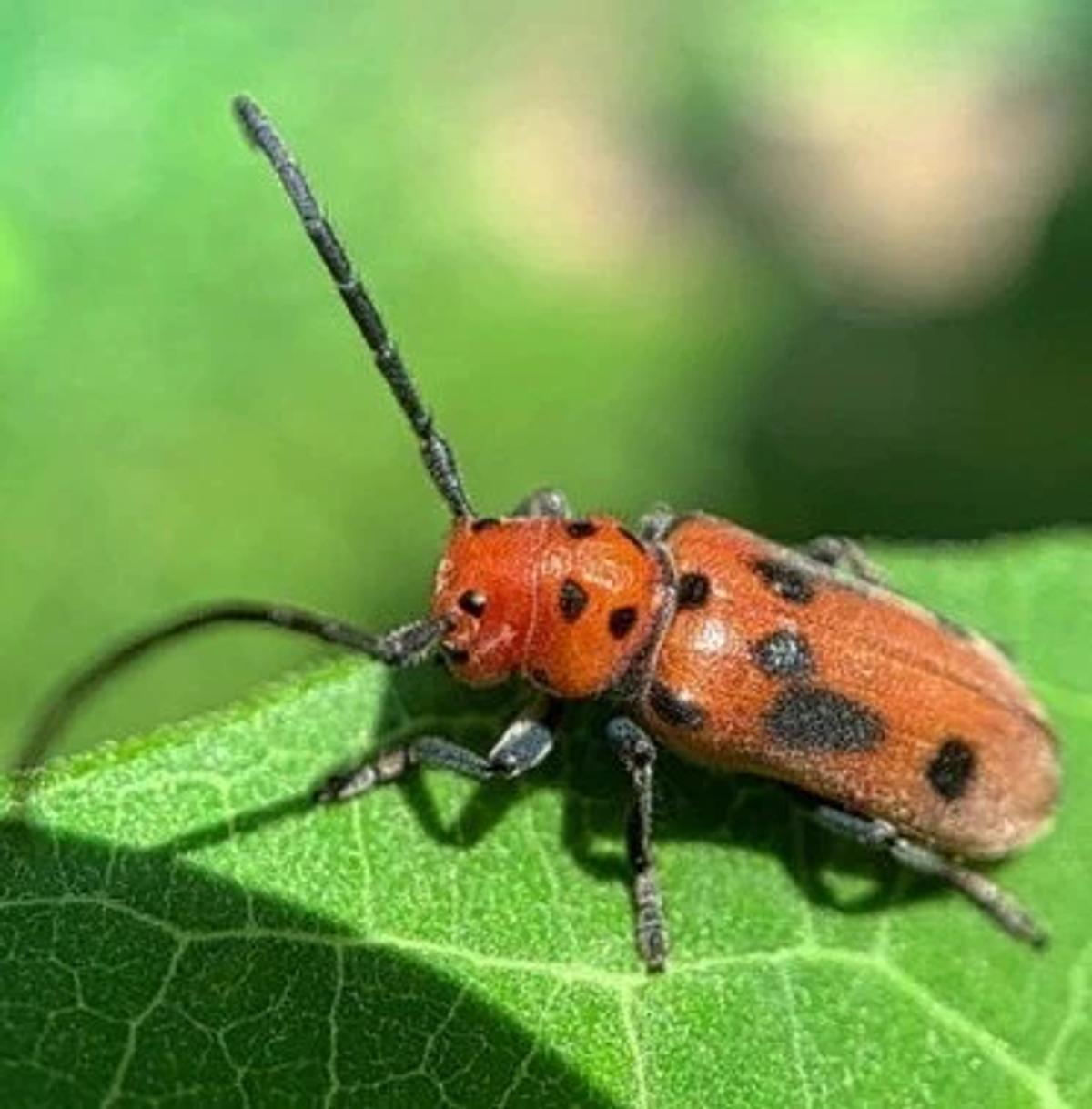
Milkweed Longhorn Beetle (Tetraopes terophthalmus) - Don't let the red coloration or spots unnerve you - this is a harmless beetle (and another pollinator!) that relies on milkweed as a host plant.
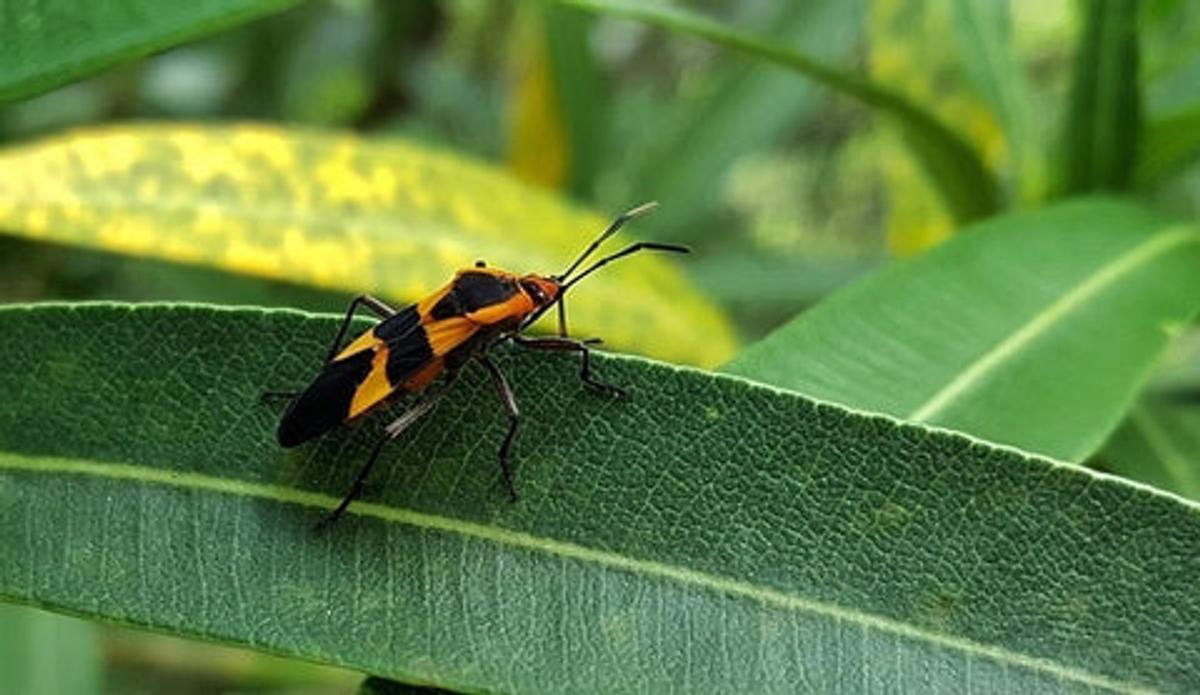
Large Milkweed Bug (Ocopeltus fasciatus) - If you plant Butterfly Milkweed or other plants in the genus Asclepias, you are likely to see some Large Milkweed Bugs around. They may look like pests but will not harm your plants.
By establishing Butterfly Weed (Asclepias tuberosa) in your garden or landscape you are not only helping to support endangered species, you are providing an amazing nectar source for so many pollinators in your local ecosystem.

Summary
If it's a native plant in your area, I would recommend Butterfly Milkweed (Asclepias tuberosa) because it:
- is easy to grow and maintain
- has a highly attractive appearance
- will directly support a wide range of wildlife and
- pairs well with many other native perennials
We feature Butterfly Weed (and other Milkweeds) in many of our butterfly host gardens and full sun gardens so browse today to find the right fit for your own yard!

Share this article


